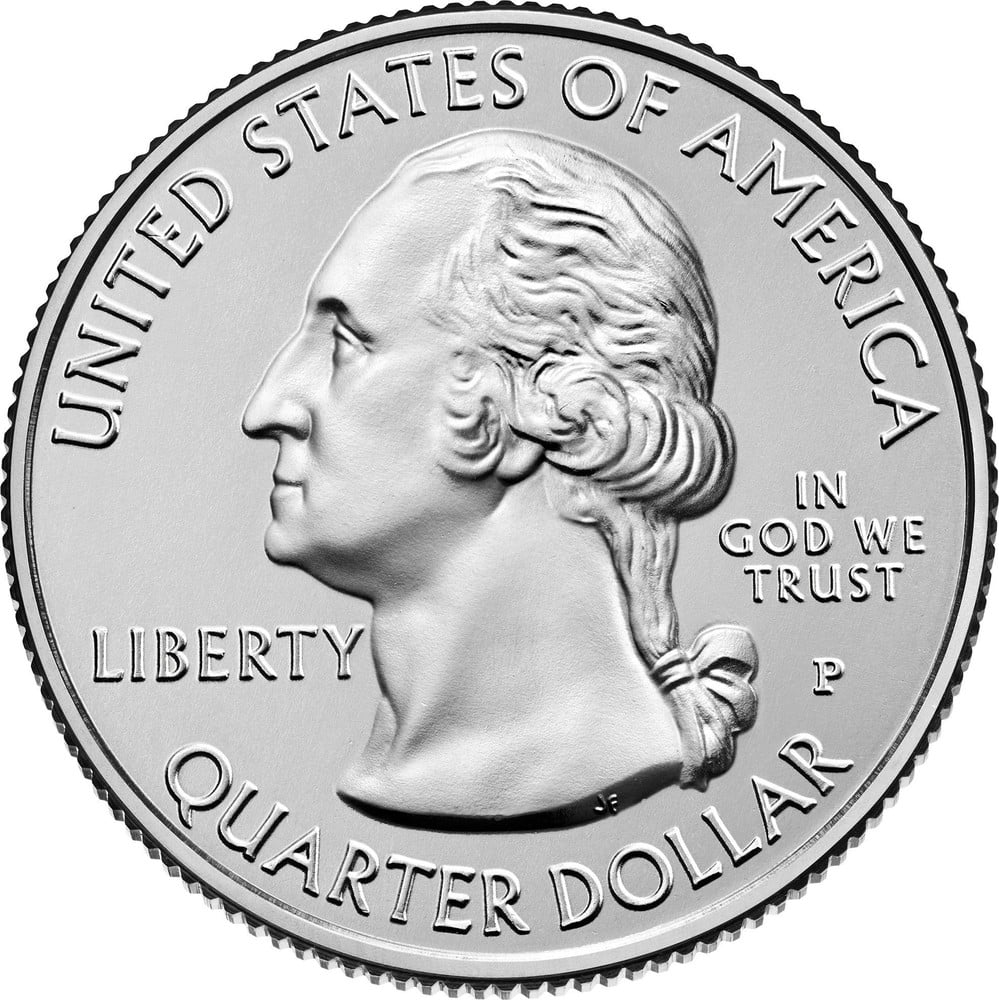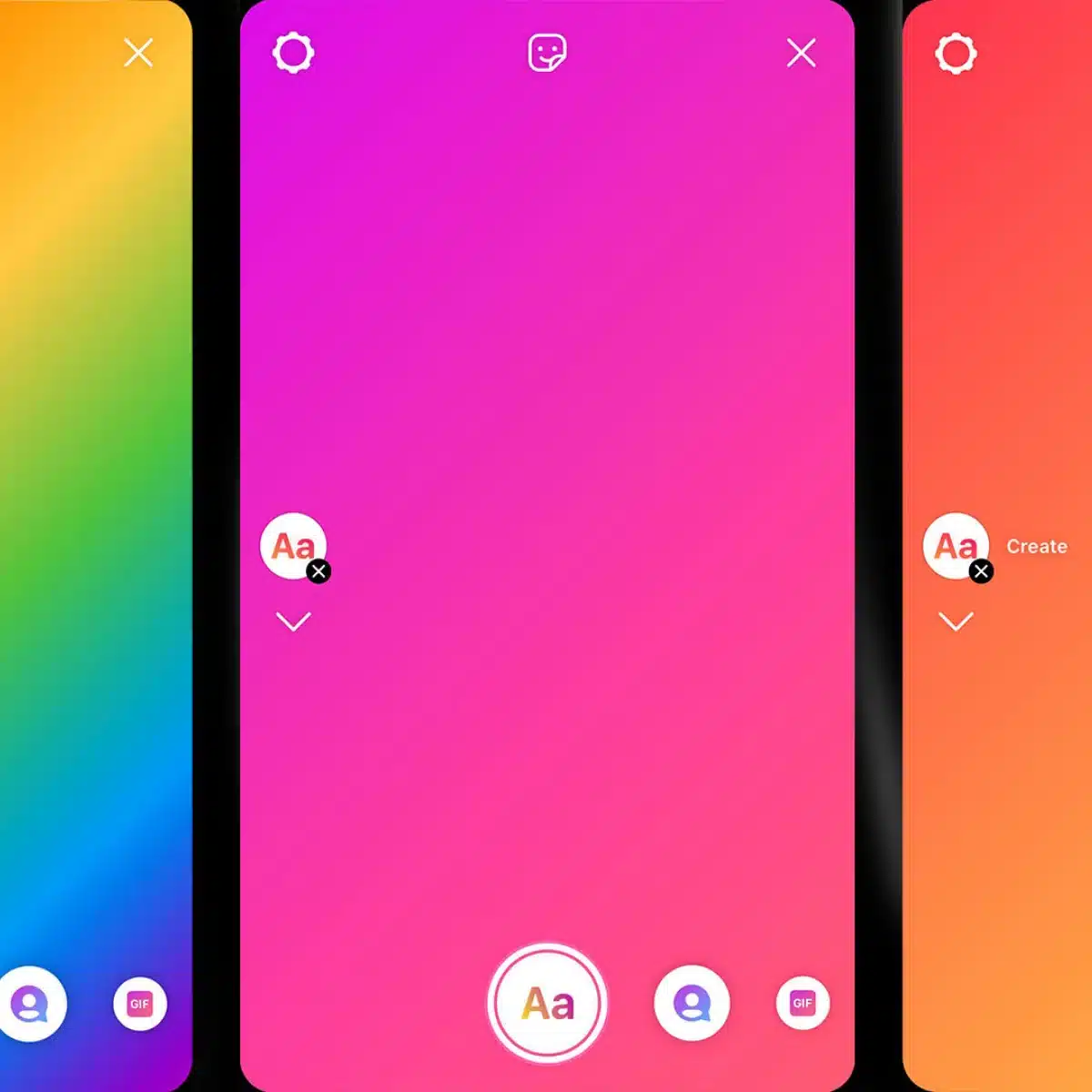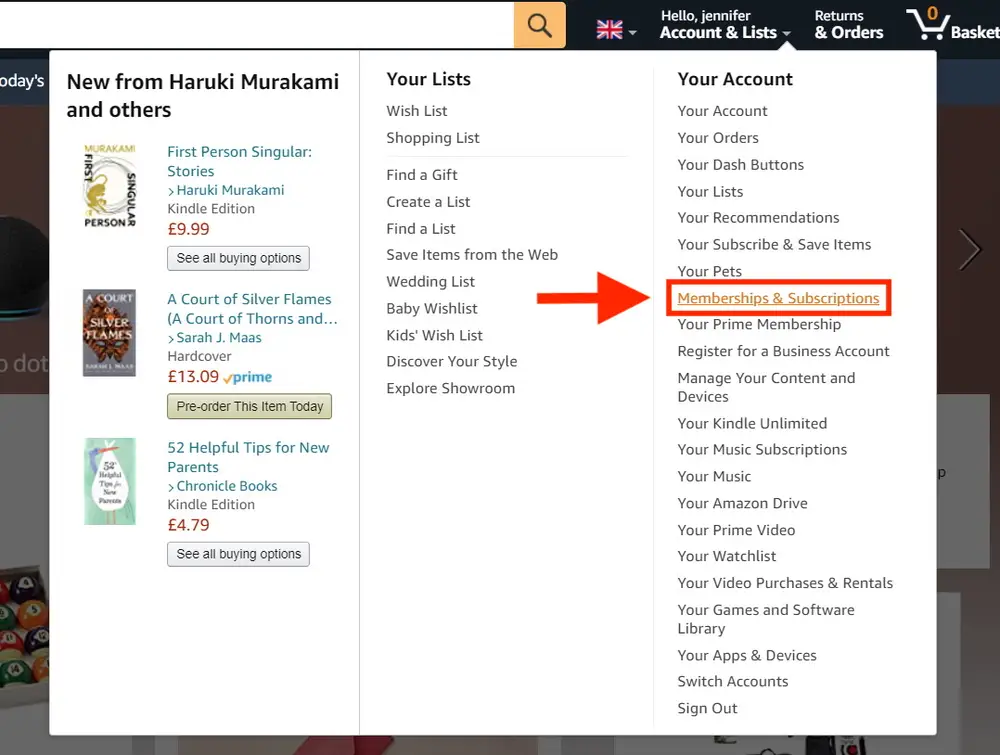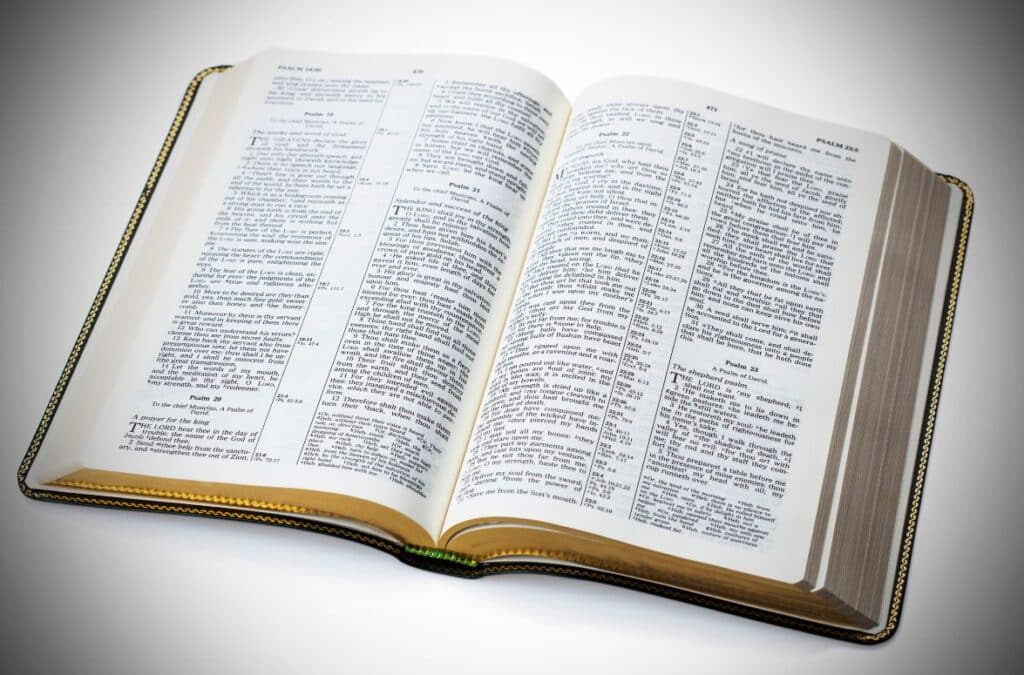In everyday financial transactions, the lowly quarter often goes unnoticed, blending seamlessly into the routine of exchanging goods and services. Yet, despite its seemingly unremarkable appearance, the quarter plays a crucial role in our economic system, facilitating trade, enabling convenient payments, and serving as a tangible representation of monetary value. But then, how much is a quarter?
Fortunately, this article delves into the intricacies of the quarter, exploring its historical significance, cultural impact, and contemporary value in the modern financial landscape.
Table of contents
- Understanding the Quarter’s Historical Roots
- What is The Quarter’s Cultural Impact and Everyday Significance?
- What is the Quarter’s Value in Today’s Economy?
- How has the perception of the quarter changed over time, and what factors have contributed to these changes?
- How does the value of the quarter compare to other denominations in different countries?
- What are some innovative ways that the quarter can be used in the modern economy?
- How can we promote financial literacy and responsible money management skills using quarters as a teaching tool?
- What role do commemorative quarters play in preserving history and celebrating cultural heritage?
- What are some potential challenges and opportunities that lie ahead for the quarter in the future of currency?
- FAQs
- Conclusion
- References
- Recommendations
Understanding the Quarter’s Historical Roots
The origin of the quarter can be traced back to the Roman Republic, where the quadrans, a coin worth one-quarter of an formed the foundation of the monetary system. This ancient coin laid the groundwork for the quarter’s enduring presence in various currencies across the globe.
The widespread adoption of decimal currency systems, with their emphasis on multiples of ten, further solidified the quarter’s significance. The convenience of breaking down larger units into equal quarters made it a practical and efficient denomination for everyday transactions.
Today, the quarter remains a prevalent denomination in various currencies, including the US dollar, the Canadian dollar, and the Australian dollar. Its widespread acceptance and familiarity make it an essential part of modern financial systems.
You can also read: How Much is 500 Pesos in US Dollars: Currency Conversion Acumen
What is The Quarter’s Cultural Impact and Everyday Significance?
1. A Symbol of Value and Exchange:
The quarter has transcended its monetary role to become a cultural symbol, representing value, exchange, and the concept of money itself. It features prominently in everyday idioms, such as “a penny for your thoughts,” highlighting its ingrained presence in popular culture.
2. A Facilitator of Everyday Transactions:
The quarter’s convenient size and denomination make it an ideal medium for everyday transactions, from purchasing small items to paying for parking meters. Its ubiquitous presence in vending machines, public transportation systems, and retail settings underscores its practical utility.
3. A Collectible and Historical Artifact:
Quarters often hold sentimental value, serving as souvenirs of travel destinations, mementos of significant events, or reminders of childhood experiences. Additionally, rare or commemorative quarters can acquire collectible value, attracting numismatists and enthusiasts.
What is the Quarter’s Value in Today’s Economy?
1. The Quarter’s Purchasing Power
While the purchasing power of a quarter has fluctuated over time due to inflation, it still holds significant value in today’s economy. It can cover small purchases, contribute to savings, or serve as a charitable donation.
2. The Quarter’s Role in Financial Literacy
The quarter plays a crucial role in teaching children about the concept of money, its value, and the importance of financial literacy. Through hands-on experiences with coins, kids can develop an understanding of monetary transactions and responsible financial habits.
3. The Quarter’s Future in a Digital Currency Landscape
As digital currency systems gain traction, the traditional quarter may face challenges in the future. However, its historical significance and enduring practicality suggest that it will continue to hold a place in our financial landscape.
How has the perception of the quarter changed over time, and what factors have contributed to these changes?
The perception of the quarter has evolved over time, influenced by economic factors, technological advancements, and cultural shifts. In periods of high inflation, the quarter’s purchasing power diminishes, leading to a perception of its diminishing value. Conversely, in times of economic stability, the quarter remains a useful and convenient denomination.
Technological advancements have also impacted the perception of the quarter. The rise of electronic payment systems and digital currencies has raised questions about the future of physical currency, including the quarter. However, the widespread use of cash in many parts of the world and the convenience of coins for small transactions suggest that the quarter will likely continue to play a role in our financial lives.
Cultural shifts have also influenced the perception of the quarter. In some cultures, coins hold symbolic value and are associated with good luck or prosperity. Additionally, the use of quarters in childhood games and activities fosters a sense of familiarity and nostalgia.
Read also: How to Find Average Rate of Change: Calculus Concept Simplified
How does the value of the quarter compare to other denominations in different countries?
The value of the quarter varies in different countries, reflecting differences in exchange rates and economic conditions. In some countries, the quarter is equivalent to a significant fraction of the local currency, while in others, it holds a smaller value.
For instance, in the United States, a quarter is worth 25 cents, while in Canada, it is worth 25 Canadian cents, which is approximately equivalent to 19 US cents. These differences reflect the fluctuations in exchange rates between the two countries.
What are some innovative ways that the quarter can be used in the modern economy?
The quarter can be utilized in innovative ways to enhance its relevance and utility in the modern economy. For example, integrating NFC (Near Field Communication) chips into quarters could enable them to be used for contactless payments, similar to tap-and-pay cards.
Additionally, incorporating QR codes into quarters could provide access to digital information, such as historical facts about the coin or links to relevant websites. These innovative applications could expand the quarter’s functionality and appeal to a broader audience.
How can we promote financial literacy and responsible money management skills using quarters as a teaching tool?
Quarters can serve as effective tools for teaching financial literacy and responsible money management skills. Children can learn about the concept of counting, saving, and exchanging money through hands-on experiences with quarters.
Parents and educators can use quarters to teach about budgeting, making comparisons between different denominations, and understanding the concept of change. By incorporating quarters into age-appropriate games and activities, financial literacy can be instilled from an early age.
What role do commemorative quarters play in preserving history and celebrating cultural heritage?
Commemorative quarters serve as tangible reminders of significant historical events, cultural milestones, and notable individuals. They provide a unique way to commemorate achievements, preserve memories, and foster a sense of national pride.
By featuring diverse themes and designs, commemorative quarters celebrate the richness of different cultures and highlight their contributions to society. They also serve as educational tools, stimulating interest in history and encouraging further exploration of the subjects they represent.
Read: How to Format SD Card: Technical Savvy for Efficient Data Management
What are some potential challenges and opportunities that lie ahead for the quarter in the future of currency?
The quarter faces potential challenges in the future, primarily due to the increasing popularity of digital payment systems and the potential widespread adoption of cryptocurrencies. As more transactions shift to digital platforms, the physical quarter may become less prevalent in everyday commerce.
However, the quarter also presents opportunities for innovation and adaptation. Integrating the quarter with digital technologies, such as NFC chips or QR codes, could expand its functionality and appeal to a broader audience. Additionally, the quarter’s cultural significance and historical value could preserve its relevance in the future of currency.
FAQs
A quarter is equal to 25 US cents.
There are four quarters in one dollar.
The quarter is a common and convenient denomination for everyday transactions, making it an essential part of the US monetary system.
Yes, there are a number of rare or commemorative quarters that can have significant collectible value.
Numerous online resources, numismatic societies, and museums can provide valuable information about the history, value, and collection of quarters.
Conclusion
The quarter, despite its humble appearance, is proof of the ingenuity and adaptability of monetary systems. Its enduring presence across cultures and throughout history reflects its practical utility and cultural significance. It is likely to remain a familiar and valuable part of our everyday transactions, serving as a tangible reminder of the enduring importance of currency in our lives.
References
- splashlearn.com – Quarter – Definition with Examples
- en.wikipedia.org – Quarter (United States coin)






